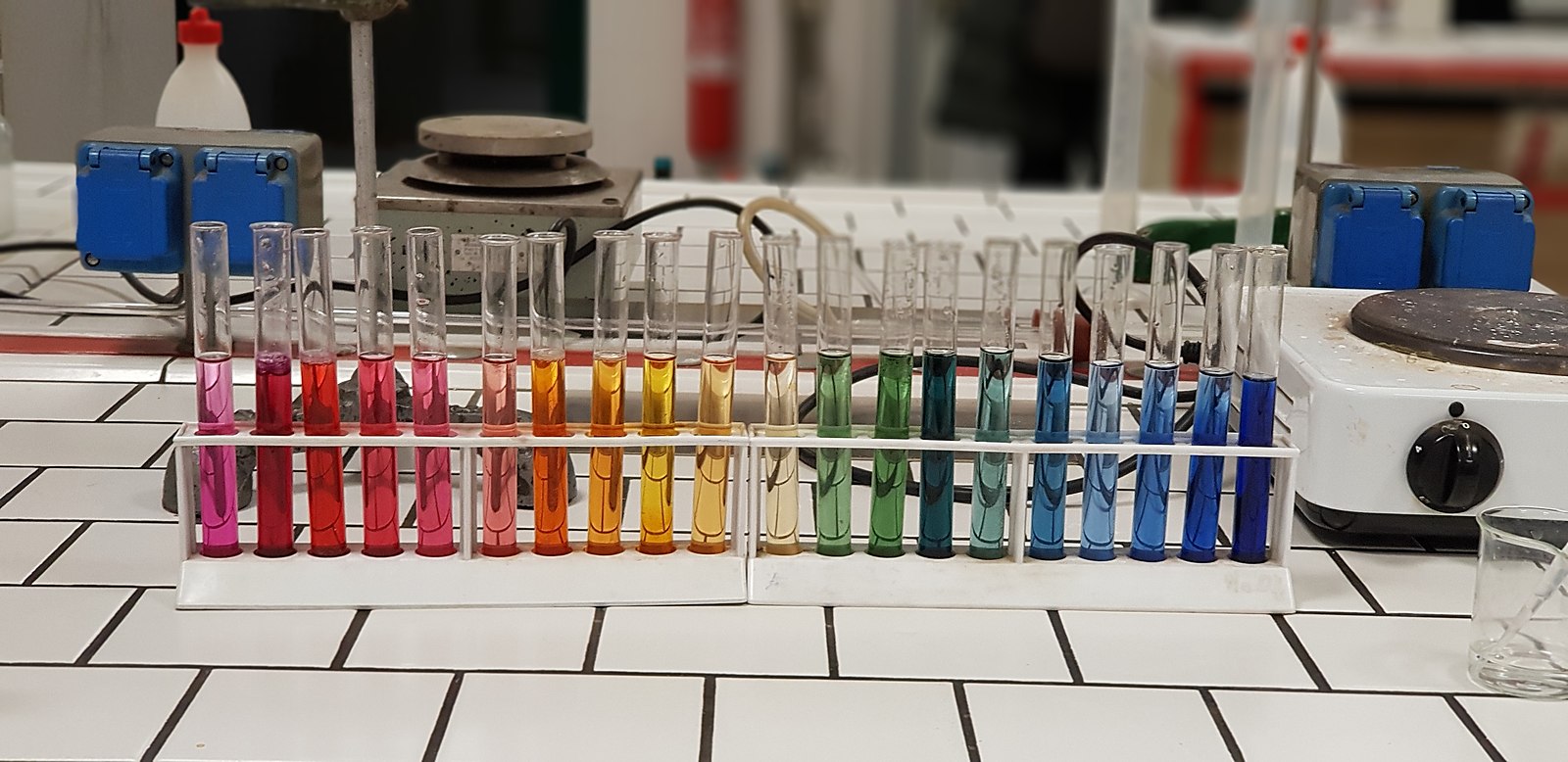The acidity of coffee is a crucial factor that contributes to its overall flavor profile. Knowing which coffee is more acidic can help you make informed choices when selecting the perfect brew for your taste preferences. In this comprehensive blog post, we’ll explore the factors that influence coffee acidity, the differences between Arabica and Robusta beans, and provide insights on how to identify and manage the acidity in your coffee.
Understanding Coffee Acidity
Coffee acidity is determined by the presence of various organic and chlorogenic acids. Organic acids, such as malic, citric, and tartaric acids, contribute to the bright, fruity, and vibrant flavors in coffee. Chlorogenic acids, on the other hand, are responsible for the bitterness, astringency, and sourness that some coffee drinkers may experience.
The acidity of coffee can be measured on a pH scale, with a range typically between 4.5 and 5.7. Arabica beans generally have a lower pH, ranging from 4.5 to 5.1, while Robusta beans tend to have a higher pH, ranging from 5.2 to 5.7.
Arabica vs. Robusta: Acidity Differences
Arabica and Robusta are the two main species of coffee beans, and they exhibit distinct differences in their acidity profiles.
Arabica Beans
- Arabica beans are generally more acidic than Robusta beans.
- They have a pH range of around 4.5 to 5.1, making them more tart and bright in flavor.
- Arabica beans are often associated with fruity, floral, and complex flavor notes.
- Regions known for their high-acidity Arabica beans include Kenya, Ethiopia, and Colombia.
Robusta Beans
- Robusta beans have a higher pH range of 5.2 to 5.7, making them less acidic than Arabica beans.
- They are often described as having a more earthy, nutty, and bittersweet flavor profile.
- Robusta beans are typically used in blends or as a cheaper alternative to Arabica beans.
Factors Influencing Coffee Acidity
The acidity of coffee is influenced by several factors, including the origin of the beans, the growing conditions, and the roasting process.
Origin and Growing Conditions
- The soil composition and climate of the growing region can impact the acidity of the beans.
- Beans grown in acidic, mineral-rich soils tend to have higher acidity levels.
- Altitude also plays a role, with higher-altitude beans generally exhibiting more acidity.
Roasting Process
- The roasting process can significantly affect the acidity of coffee.
- Lighter roasts tend to retain more of the original acidity, while darker roasts have lower acidity levels.
- This is because the roasting process breaks down the chlorogenic acids, which are responsible for the bitterness and sourness in coffee.
Identifying and Managing Coffee Acidity
If you’re looking to adjust the acidity in your coffee, there are a few techniques you can try:
Water Quality
- Using water with a higher pH can help neutralize the acidity in your coffee.
- Distilled or filtered water may be a better choice than tap water, which can have a lower pH.
Brewing Method
- Cold brewing is a technique that can produce a less acidic cup of coffee.
- The longer extraction time and lower temperature of cold brewing can result in a smoother, less acidic flavor.
Milk or Cream
- Adding milk or cream to your coffee can help balance the acidity by neutralizing the acids.
- This is a common practice for those who prefer a less tart or sour coffee experience.
Blending
- Mixing Arabica and Robusta beans in a blend can help create a more balanced acidity profile.
- The higher pH of Robusta beans can help offset the acidity of the Arabica beans.
Conclusion
In summary, the acidity of coffee is a complex and nuanced topic, with Arabica beans generally being more acidic than Robusta beans. Understanding the factors that influence coffee acidity, as well as the techniques to manage it, can help you find the perfect brew that suits your taste preferences. Whether you prefer a bright, fruity Arabica or a smoother, less acidic Robusta, there’s a coffee out there that will satisfy your palate.

